Gacha Club is the latest installment in the absurdly popular Gacha franchise and sequel to Gacha Life. The Gacha franchise, while perhaps unknown to most segments of the population, gamers included, is deceptively popular, and hugely successful with literal millions of engaged players.
Each Gacha game is rendered in cutsey, chibi-style graphics that make it instantly recognizable to those familiar with the franchise. To the casual observer, the Gacha games will seem somewhat dull-looking, especially in comparison to some of the more mainstream heavyweights like PUBG mobile and Minecraft, with their fully rendered 3D graphics and heart-pounding gameplay. But nonetheless, the Gacha franchise continues to move full steam ahead — but where, where does its appeal come from?
Related: Is Gacha Club available on iPhone?
Core Game Mechanics
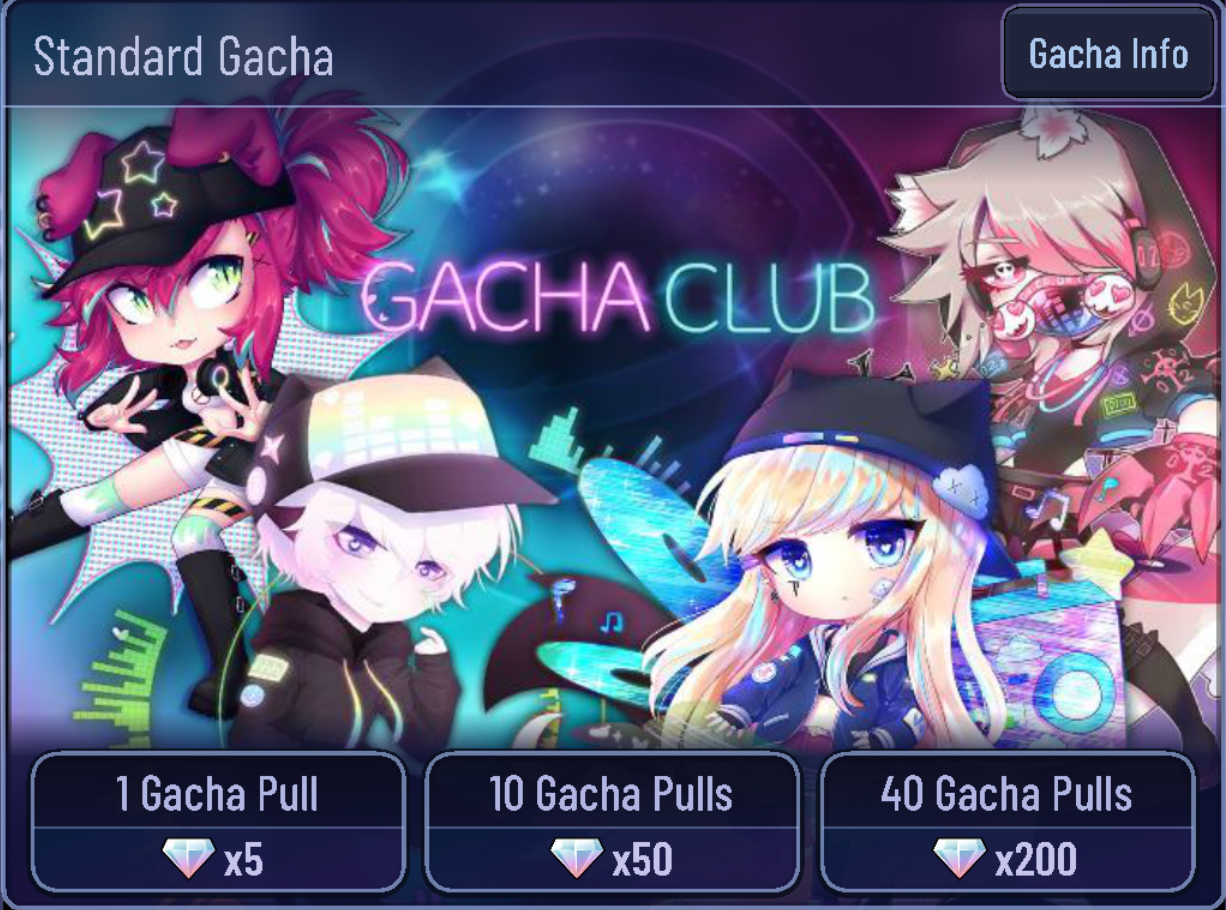
The game’s core mechanic is… well, gacha. A ubiquitous element across F2P games nowadays based on Gashapon, Japanese capsule-toy machines. It’s basically loot chests like you would see in PUBG mobile or other games where a variety of potential drops are broken into tiers with their own respective drop rates.
With the odds favoring common drop-rates, participants in any Gacha system are liable to receive more than their fair share of duplicates in-between the real goodies with the minimal drop rates.
Related: How to Get Gacha Club on Windows PC (BlueStacks), Android and iOS
This does, most certainly, make Gacha a gambling system at its core. Players feed off of anticipation when opening a new box/chest/ticket — the thrill at what they might get, crossing their fingers “maybe this is it… this is the one where I get the *insert whatever shiny trinket applicable*!” This creates an excitement delivery system in the form Dopamine.
Among its many, many uses across our system, Dopamine is a neurotransmitter primarily responsible for signaling feelings of pleasure and reward to the brain, more specifically anticipation.
Related: How to play Gacha Club on Bluestacks
The thought of anything pleasurable releases a hit of dopamine that makes us seek out the associated reward. A delicious sandwich. A big payday. A date with a beautiful partner. Like shaking a present to guess at what’s inside. It is less the actual substance of the reward itself and more the idea of a reward itself that enraptures us so, and we have Dopamine to thank for that.
Gacha mechanics take hold of this natural mechanism and press it like a button; If I complete X, then I get Y, and can use that to possibly get Z! The fact that you can never be certain you’ll luck out, but always could, drives our brain wild. And this is what makes Gacha games so fun. And addictive. They may seem outwardly simple to those who haven’t engaged with them, but are systematically designed to dangle a reward for us to keep chasing.
Related: Should you play Gacha Club on Android Emulator?
Creative Outlets
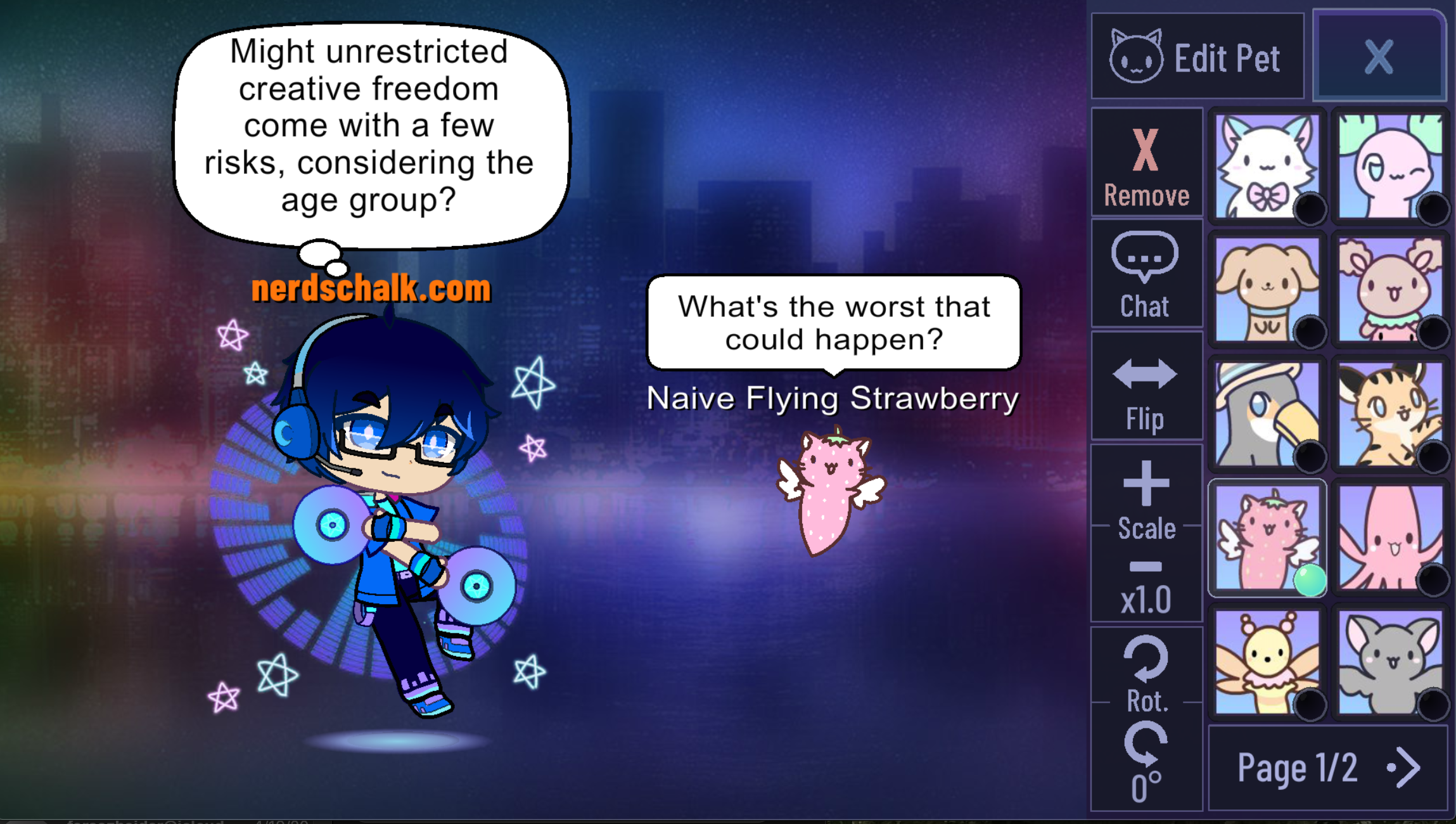
Again, the Gacha games may not have the AAA pizzazz of the giant, top-dog titles on the app store with many millions of dollars of development behind them, but the game perfectly targets a specific audience and provides them with something they love in an extremely accessible format: a demographic of kids and young teens — and the ability to create their own content.
All of the Gacha games have a Studio feature that allows you to combine characters, text-boxes and a variety of backgrounds to create scenes. Some enterprising youths quickly figured out that you can use this feature with many, many screenshots to create full-blown 2D animations complete with dialogue — i.e. stories. And without having to learn the arduous task that is actual animation.
And what do you do with a story? You tell it, of course. You tell it wherever and whenever you can. This resulted in absolutely massive amounts of user-generated content that quickly spread like wildfire, advertised the game’s unintentional ability to make rudimentary animation accessible to anyone with a smartphone.
Related: Gacha Club lagging? Here’s How to Fix It and Make it Fast
The Chibi Style
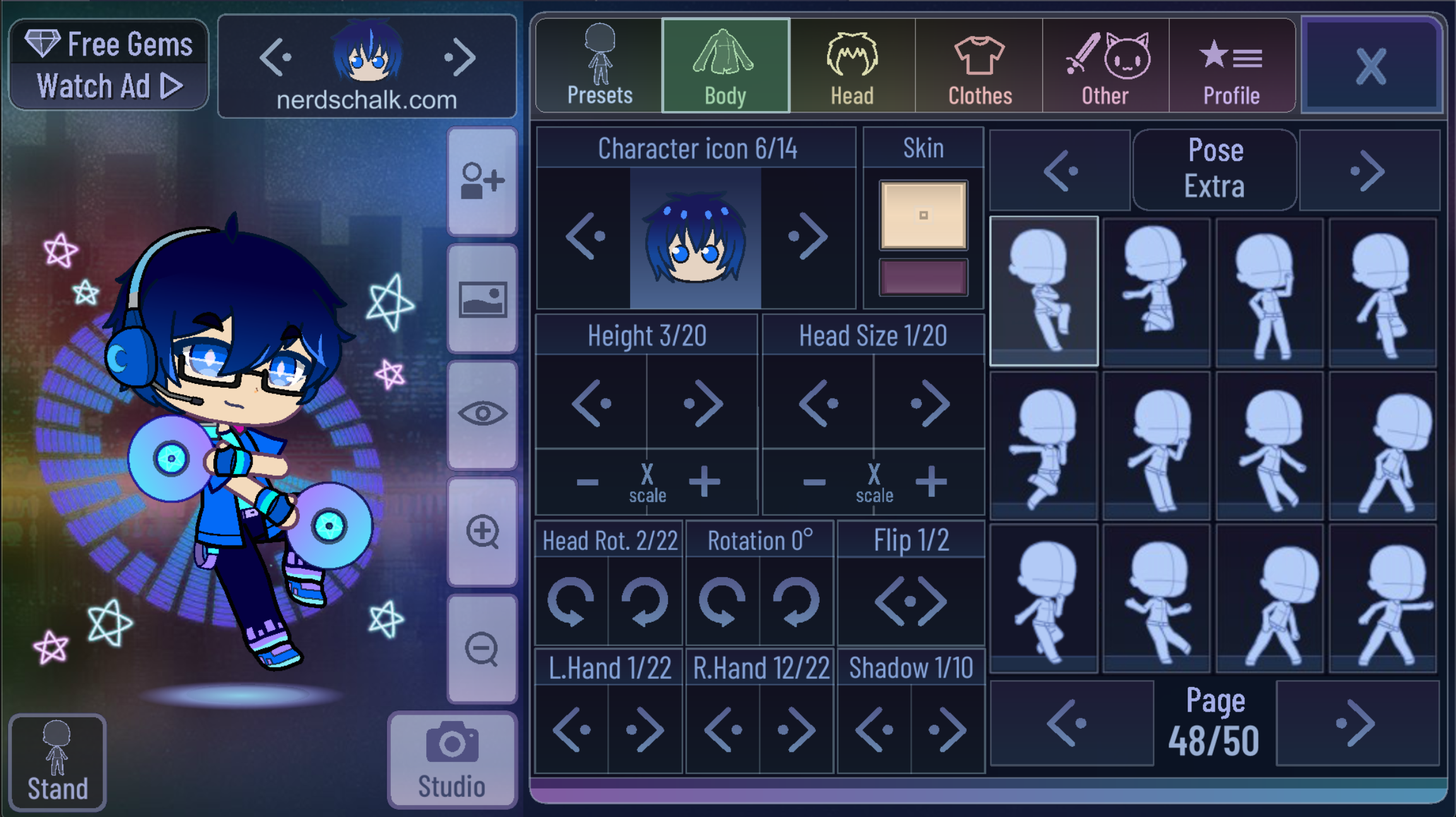
Anime, as we know, is more than just a genre; it is a full-blown art form and domain of its own, under which all of the classic genres of fiction can be contained alongside a plethora of its own more unique offspring. The anime style, which developed for ease of animation in Japan, based on the manga style with roots all the way back to the 19th century, comes in many flavors. One of these is the “chibi” style, known for its infantile, googly-eyed proportions.
The Chibi style is especially beloved by younger age groups, targeting the same preferences that the early Disney animators themselves tapped into during their early days of character designs when they realized that younger children gravitated towards characters with baby-like features. It made them more relatable, less intimidating, and easier to empathize with.
This same feature is at the core of the Chibi style and accomplishes the same goal; drawing in younger age groups. This feature, combined with the gacha mechanics and storytelling platform the Gacha Studio provides are a perfect storm of fun for the younger generations.
So, what is the Gacha Club game?
For a long time, Gacha Life was the figurehead of the Gacha franchise. It was the one that really caught fire across the world and built its millions-strong following. Gacha Club, or Gacha Life 2 as it was known pre-release, was intended to be a major update to the game that originally released in 2018.
However, as the features piled up and the new amount of content became more and more massive, Lunime, the developers, worried about the propensity for bugs and other glitches to come from merging what were quickly becoming two titanic amounts of code.
Instead, they opted to release a brand new Gacha game, titled Gacha Club, that has brought Gacha fans an absolute megaton of new features to play with. With, quite literally, five times the number of characters previously available, deeper customization options, a total visual overhaul and a new set of game modes, there’s much more to collect and gacha for.
The original Gacha Life game had about 20 characters for players to collect; there is now 100. That means a lot more chances for the dopamine-stimulating digital gashapon machine to get running.
Beyond the pseudo-gambling, the Gacha Studio that really pushed the previous game to its zenith has a whole ton more features for players to experiment with. There are new fonts and nameplate options, and Characters are much, much more customizable. The list of items, clothing and accessories has grown substantially. There are 150 new pets for players to collect, name, customize, and pair with their Characters.
The new battle system has a Main Story mode that tells a rather odd story about DJs fighting cutesy-but-evil creatures from another dimension. This helps introduce the new battle system that employs a roshambo style elements system similar to the one in Pokemon — one element of which is actually “DJ” alongside more traditional ones like fire, water, leaf etc.
A complimentary game mode is the Elemental Towers battle mode that is something like a dungeon crawler without the dungeon crawling — just the automated slaying of wave after wave of monsters. The combat system itself is totally idle, completely automated, and be run completely AFK. You actually don’t have to play the game.
There is also the introduction of numerous minigames that actually demand more of you than the Main Story does. These are Gacha renditions of classic games like Whack-A-Mole, Simon Says, and basic arcade shooters.
Essentially, there’s a lot more of the same gacha mechanics that have captured such a large swatch of middle-grade gamers and some new mechanics intended to add dimension to the games. If you’ve caught wind of the series in some respect before, perhaps in unflattering circumstances, you now have a basic grasp of some of the concepts that made such an outwardly simple game so exceedingly popular.
What do you think of Gacha games? Why are they so addictive? Stylish, chibi platforms for creative expression or skillful masters of biochemistry? Let us know your thoughts, down below.

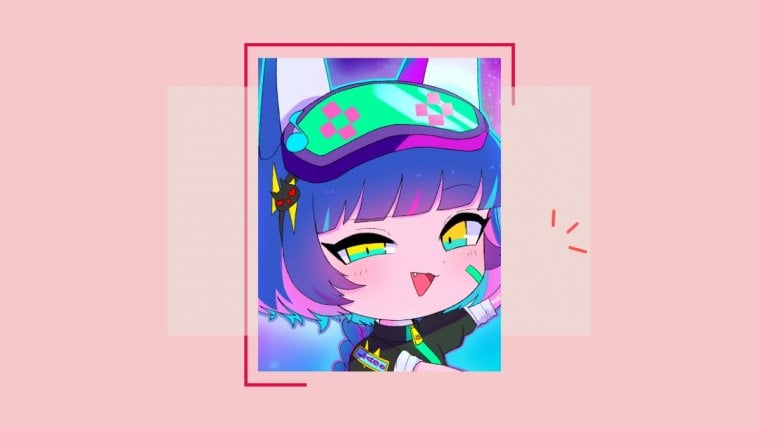
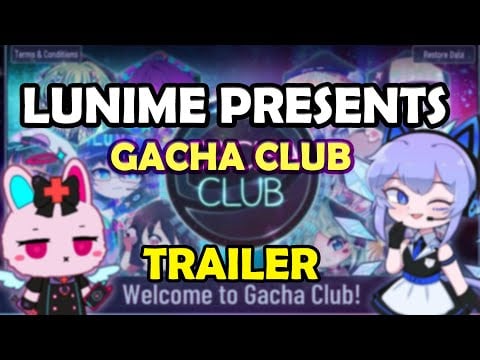
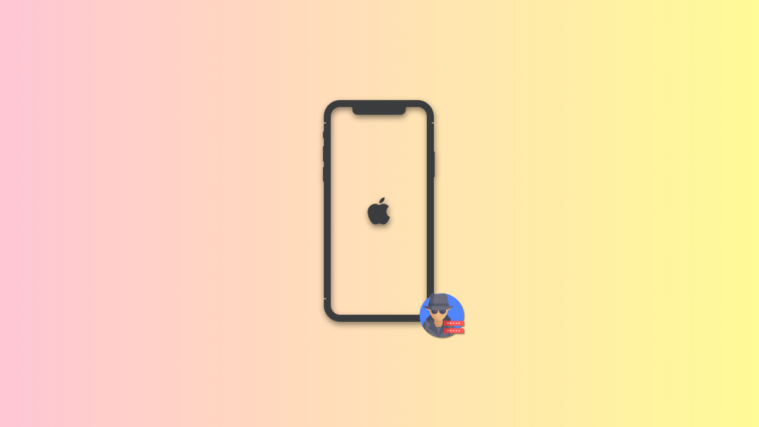
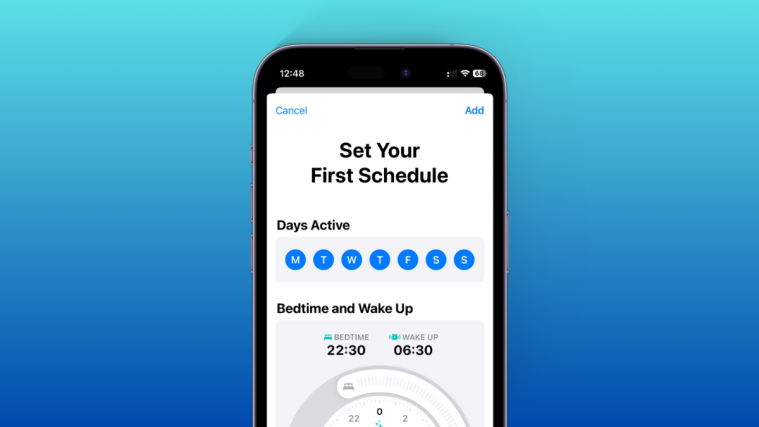


Love gacha Club gamë never think have gacha Club my tablet well better that app cute can do anything create what image be true think is best app love luni work hard is app cause all know it some not well just created ceavite soon help your decoration studio mode make rain more love that app many OCS made now like is app much bye
Most people playing Gacha Club don’t really use the Gacha and Battle features. They simply like to customize characters and create scenes they find aesthetically pleasing. There are a lot of “GachaTubers” and “GachaVTubers” on Youtube, and I believe that’s what made the game popular. However, with this popularity, comes to the bad areas, “Gacha Heat” being the main one. This title is not a pretty sight and needs to be addressed. It’s basically young children creating “sexual content” and uploading it online. There are many of these accounts you can find anywhere, almost the first thing you get when you search “Gacha”.